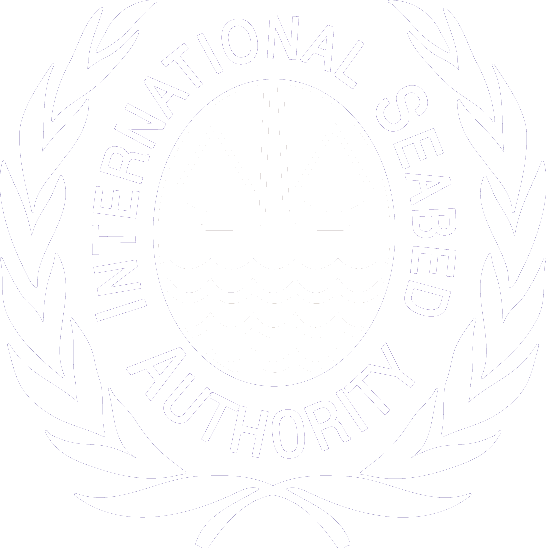JAMAICA, Kingston (29 March 2018) – – The International Seabed Authority (ISA) and the China Ocean Mineral Resources Research and Development Association (COMRA) will host a workshop on the Development of a Regional Environmental Management Plan for the Cobalt-Rich Ferromanganese Crusts in the northwest Pacific Ocean. The workshop will be held in Qingdao, Shandong Province, China from 26 to 29 May 2018.
According to the new preliminary strategy for the development of regional environmental management plans for the Area (ISBA/24/C/3), the objective of regional environmental management plans is to provide the relevant organs of the Authority, as well as contractors and their sponsoring States, with a proactive area-based management tool to support informed decision-making that balances resource development with conservation. Regional environmental management plans also provide the Authority with a clear and consistent mechanism to identify particular areas thought to be representative of the full range of habitats, biodiversity and ecosystem structures and functions within the relevant management area, and provide those areas with appropriate levels of protection, thus helping the Authority to meet internationally agreed targets, such as Aichi Biodiversity Target 11.
Workshop objectives will include the development of a reproducible and transparent procedure to:
- share the available environmental data, and understand the national, regional and international policies and laws;
- find a consensus on the design of the REMP as well as the preliminary ideas for its framework;
- create a work plan for 2-3 years of scientific collaboration to collect additional data needed for the design of the REMP;
- discuss and sign an agreement (MOU between the Contractors and the Secretary-General) on future steps for the establishment and implementation of the REMP;
- discuss mechanisms for communication and coordination and to establish an organizational structure, if needed.
This and other REMP workshops aim to contribute materially to the implementation of Sustainable Development Goal 14, namely to “conserve and sustainably use the oceans, seas and marine resources for sustainable development”, including, for example, by conserving at least 10 per cent of coastal and marine biodiversity (target 14.5). In addition, those areas may serve as scientific reference areas for monitoring natural variability and long-term change in the marine environment, which will be particularly important for enabling the Authority to carry out its responsibility to manage the effects of mining activities.
– END –
ISBA/PR/2018/008


